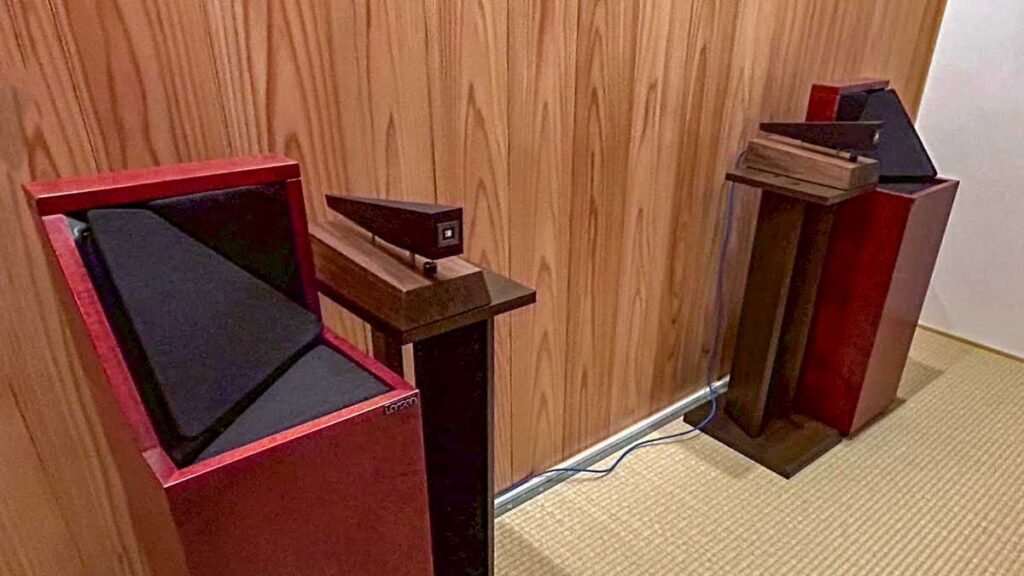In August 2025, a special listening event was held at the “Oto no Ma” listening booth inside Feel Records Kyoto Hanare store. The focus: Kyocera’s add-on ceramic piezoelectric super tweeter — a product that gained considerable attention through crowdfunding.
The sessions were held privately for each group (up to 3 people), allowing attendees to fully immerse themselves in the high-resolution sound experience. We spoke with Mr. Kishida, the product’s developer, about its key features and his impressions of using Oto no Ma as the venue.
The piezoelectric super tweeter features a distinctive design. Could you elaborate on how it is intended to be integrated into an existing audio system?
The unit is equipped with RCA terminals, allowing it to be seamlessly incorporated into most home audio setups. By connecting it to the pre-out or line-out of a compatible amplifier, users can enhance their existing system without requiring extensive modification. This add-on approach allows flexibility while preserving the integrity of one’s core components.
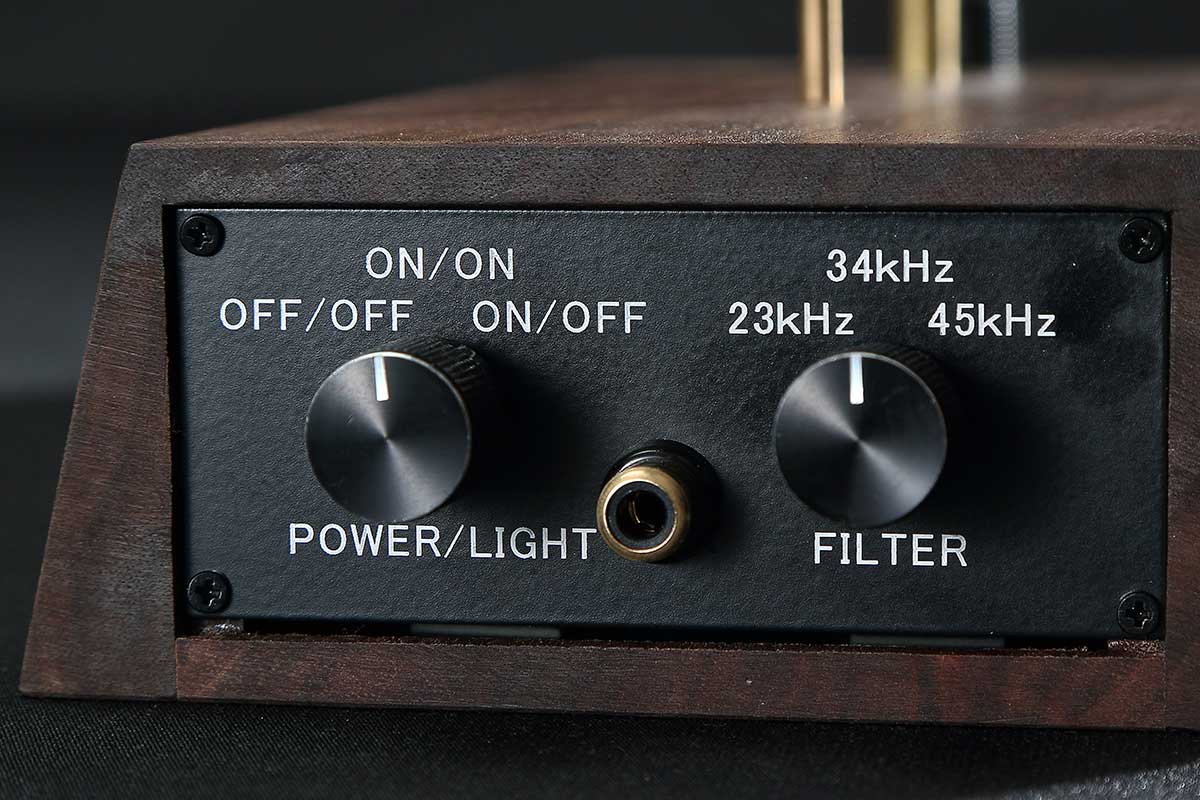
The crowdfunding campaign met its goal rapidly. From a technical standpoint, what differentiates this super tweeter from conventional models?
The most significant distinction lies in its use of piezoelectric ceramic technology, which offers exceptionally high responsiveness and a broad dispersion pattern across the high and ultra-high frequency spectrum. Unlike many traditional super tweeters that exhibit a narrow directivity, our design maintains clarity and resolution over a wider listening area, providing a more immersive and spatially realistic experience.
What were the motivating factors behind the development of this device?
Traditional super tweeters, while capable of reproducing ultra-high frequencies, often suffer from narrow dispersion characteristics, limiting the ideal listening position and requiring precise alignment. We recognized an opportunity to address this limitation through piezoelectric technology, which naturally lends itself to wider directivity and broader frequency extension. The aim was to offer a more user-friendly, yet high-fidelity solution that enriches the listening experience without the need for meticulous setup.
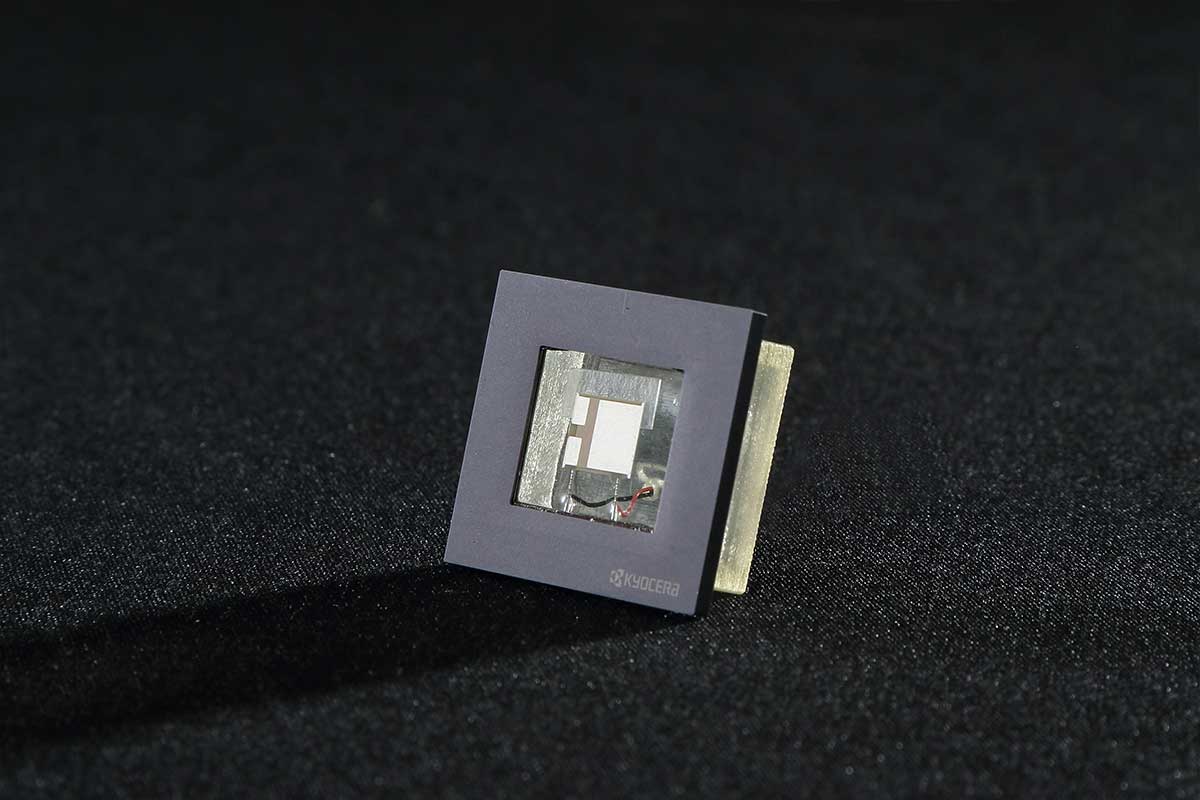
Why was Oto no Ma selected as the venue for this demonstration?
Given that the product is not currently offered via retail channels, organizing in-store demonstrations presented logistical challenges. More importantly, we wanted attendees to experience the tweeter in a setting that allowed for individualized listening — where they could play music of their own choosing, at their own pace. Being based in Kyoto, we also felt a strong connection to hosting a local event. The Oto no Ma space, with its intimate atmosphere and group-based format, was ideally suited for this purpose.
Could you describe the setup used during the listening session?
We utilized the in-house audio system at Oto no Ma. The super tweeter was connected via the phono equalizer’s output to receive signal. Due to the specific form factor of the speakers in the space, top-mounting was not feasible, so we positioned the tweeters on adjacent stands to achieve optimal placement.
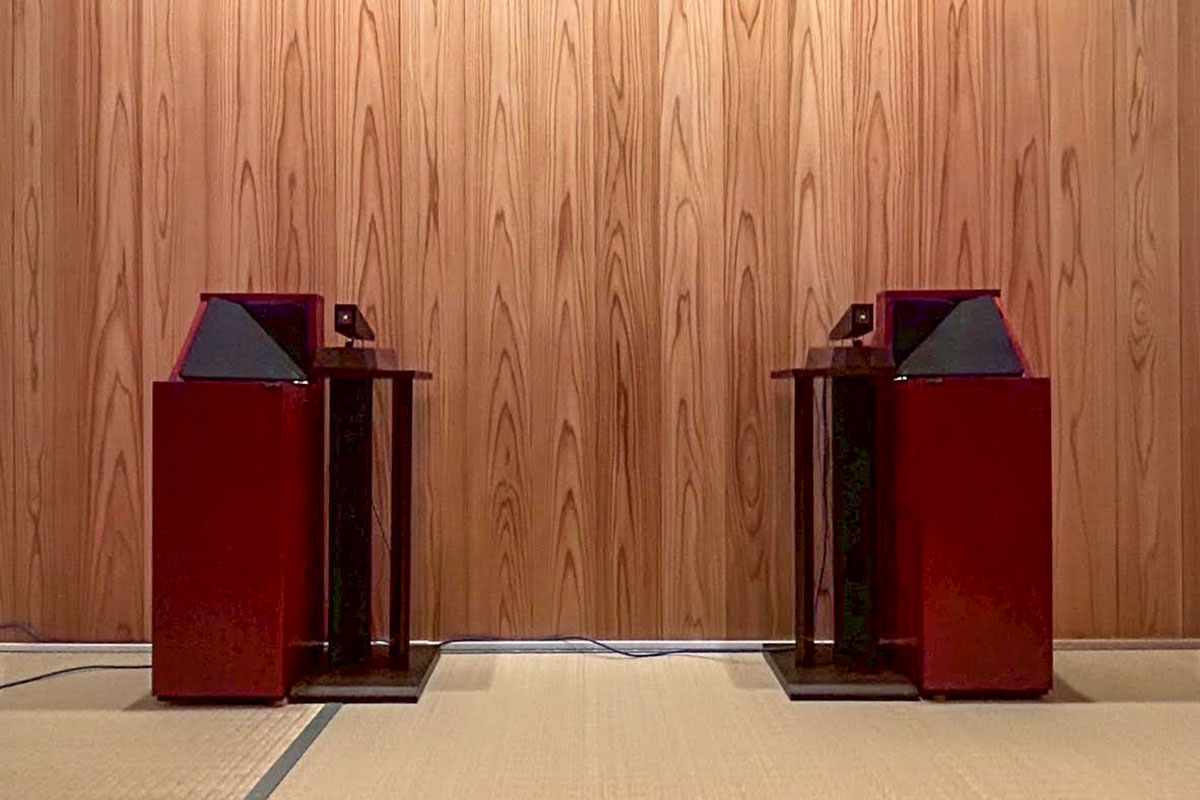
What kinds of audio sources were used for demonstration?
Several participants brought their own vinyl records, which allowed for a highly personalized experience. Others selected records from the store’s curated collection based on their musical preferences. This flexibility helped ensure that each attendee could engage with music they were personally connected to.
Who attended the event, and what was the overall demographic profile?
Approximately 20 individuals participated in total. Around 60% were male, and we saw a diverse mix of attendees — including couples and families. The event attracted not only audiophiles but also those simply curious about new technologies in sound reproduction.
How did participants respond to the listening experience, particularly in relation to the super tweeter?
Many were immediately struck by the quality of the room’s acoustics and the distinct character of the traditional washitsu (Japanese-style room) environment. Once the piezoelectric super tweeter was engaged, listeners consistently remarked on the increased clarity and expanded sense of spatial depth across the entire frequency range. The feedback was overwhelmingly positive and validated many of our design objectives.
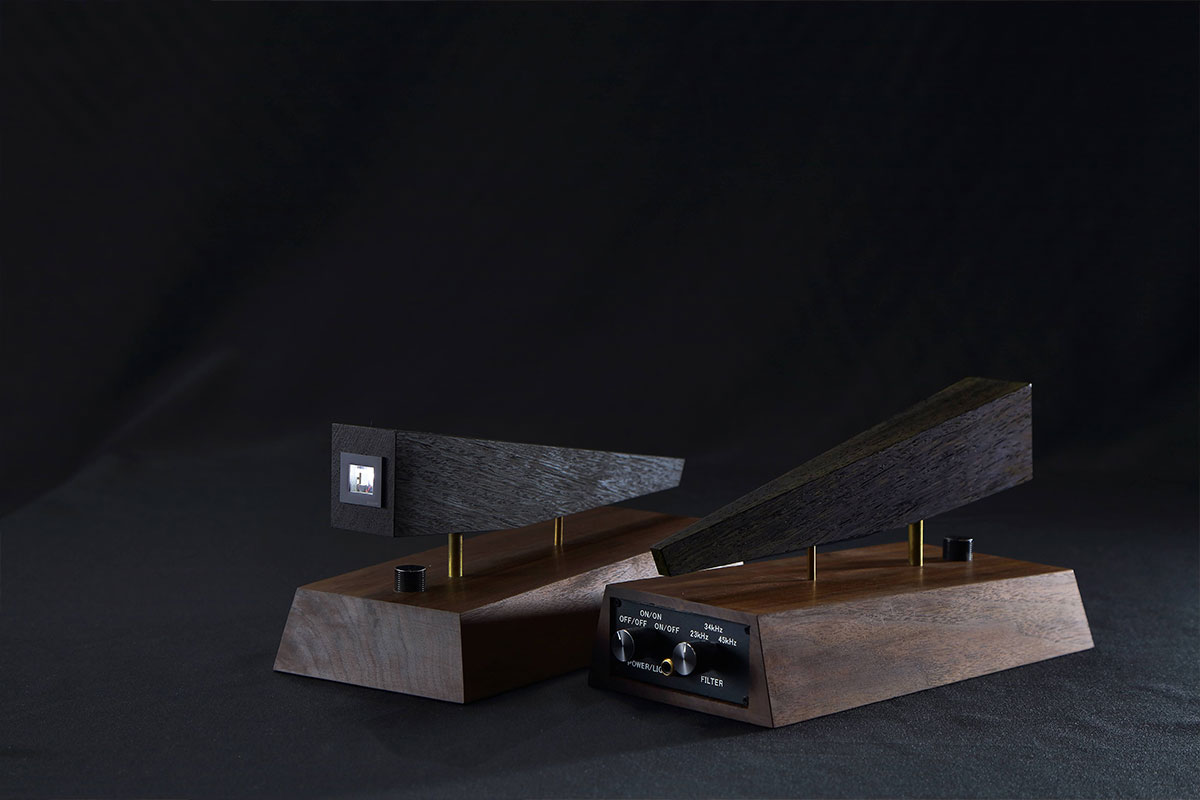
What was your overall impression of hosting this event at the Kyoto Hanare location?
The experience was extremely rewarding. Participant satisfaction exceeded our expectations, and I personally came away deeply impressed by the store’s atmosphere and hospitality. The setting — a renovated machiya townhouse complete with noren curtains and traditional woodwork — created a serene backdrop that complemented the musical focus of the event. The combination of curated records, excellent cuisine, and acoustic refinement made it an ideal venue.
Finally, could you share any insights into your future plans for this product or related developments?
This initiative, including the crowdfunding campaign and listening sessions, was part of a broader strategy to assess the market for high-end piezoelectric audio devices. We plan to continue gathering insights from early adopters and event participants to refine the product further. Our goal is to bring to market a piezoelectric super tweeter that not only meets, but exceeds, the expectations of discerning audio enthusiasts worldwide.
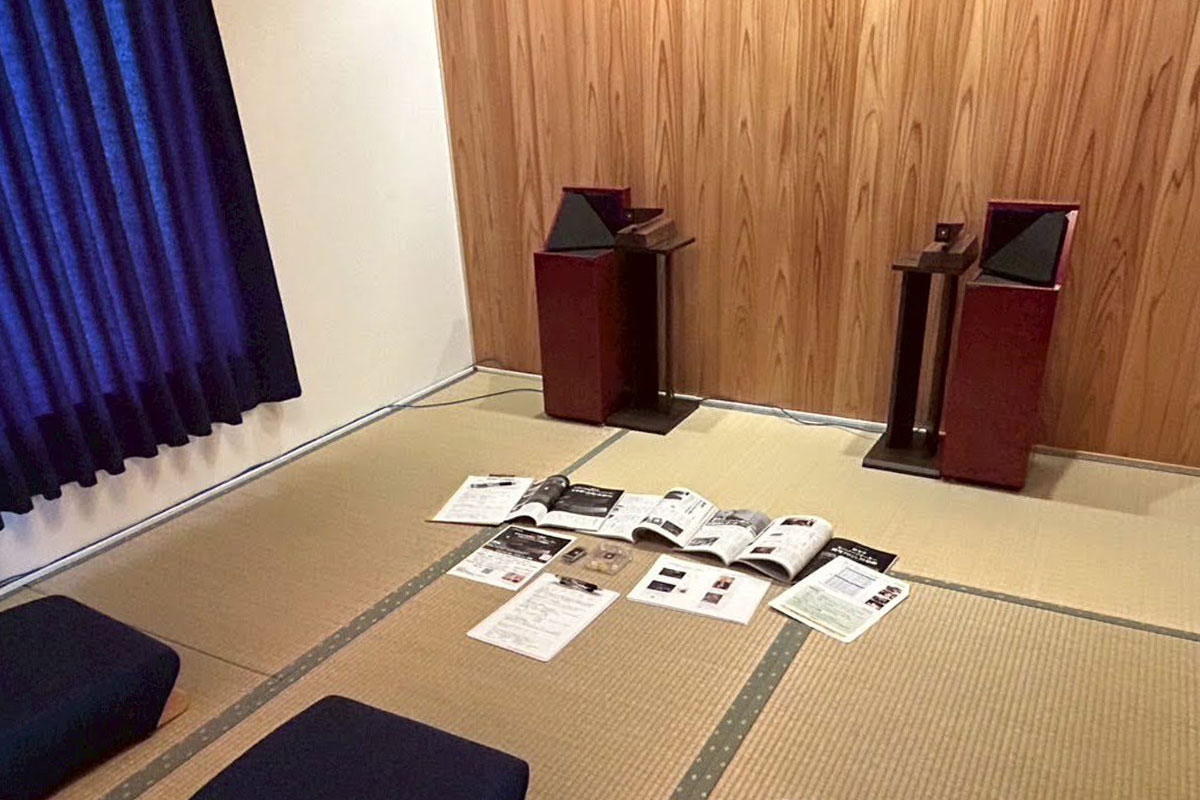
“Oto no Ma” is typically used as a private acoustic space for general customers, but for the first time, it was utilized as a venue for an audio listening session. We are truly delighted that many people had the opportunity to experience the charm of Oto no Ma firsthand.
Oto no Ma is also available as a venue for small-scale music-related events. If you’re interested, please feel free to contact us.
